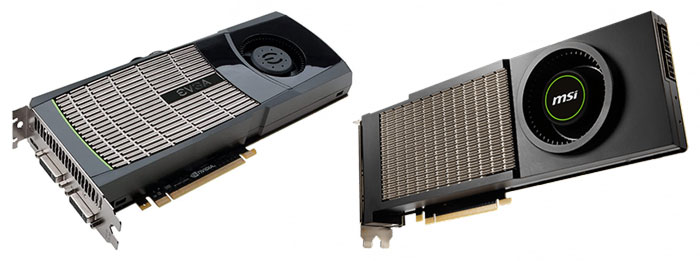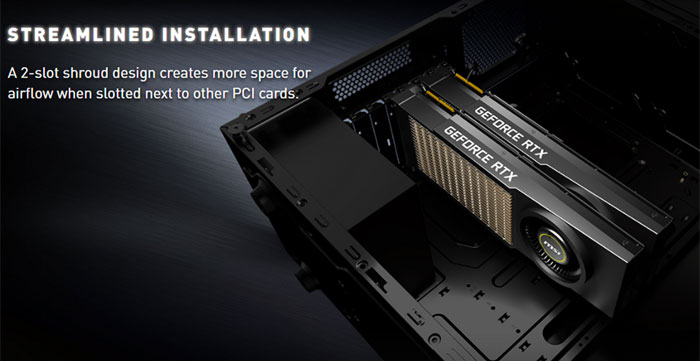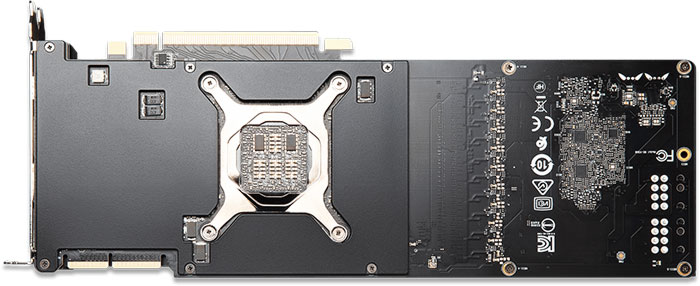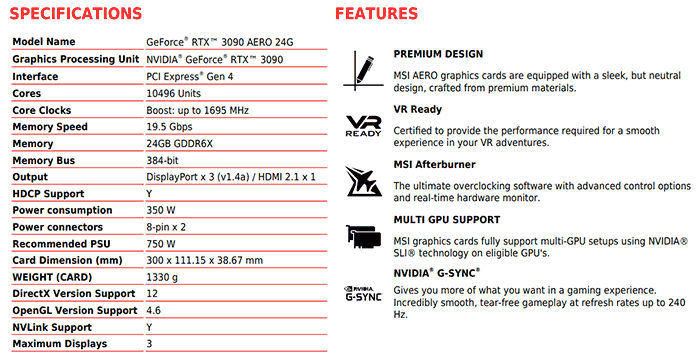MSI has launched a new GeForce RTX 3090 graphics card design with some interesting qualities. The MSI GeForce RTX 3090 Aero 24G design uses a blower-style shroud as is usually associated with the 'Aero' family - however it looks a little misplaced here on such a powerful premium GPU.

Old and new
Firstly, MSI's shroud is very retro in design, taking strong visual cues from Nvidia's GeForce GTX 480 reference card from 2010. Secondly, perhaps most importantly, the design features "a mini wind tunnel" where nothing about this card's thermal design should be mini – remember this is a 350W GPU. MSI even shows two of the cards sandwiched together in a system as it boasts of the space saving qualities of the Aero (2 slot) design.

Another oddity of the MSI GeForce RTX 3090 Aero 24G design is that the "reinforcing backplate" only appears to extend half the length of this graphics card (see below). The grille situated on the face of the graphics card, beside the single fan, appears to be a vented radiator rather than just a textured surface design. In the description MSI says the shroud takes in 'fresh air' from your case and expels heat through the rear I/O panel.

Would be purchasers should expect this Aero card from MSI to be priced at around the same price as an Nvidia reference design, perhaps it will be a bit lower than the standard US$1,500. MSI's blower cooled effort features the same key performance specifications for GPU (1.7GHz boost) and GDDR6X VRAM.

On the I/O plate users have the following ports to plug into, beside the large vent cutouts: DisplayPort x 3 (v1.4a) / HDMI 2.1 x 1 (max 3 simultaneous displays). MSI's GeForce RTX 3090 Aero 24G measures 300 x 111.15 x 38.67mm, and is a 2-slot design.

We don't currently have official pricing or availability information.






